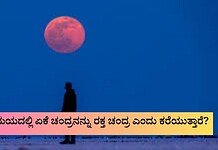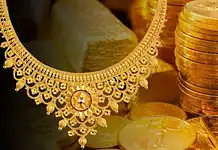The Indian Independence Movement of Bhagat Singh
Bhagat Singh was one of the most revolutionary young freedom fighters in India. He was a prominent member of the Hindustan Republican Association (HRA). He was a strong supporter of the Swadeshi Movement and also in the later years he withstand the non-violence movement. In his belief, only armed rebellions could bring independence to the country. He made an indelible mark in the history of India’s freedom struggle. The young revolutionary was full of passion and patriotism and sacrificed life for the independence of the country.
ವಜ್ರಮುನಿ ಜೀವನಚರಿತ್ರೆ; Kannada Super Star Vajramuni Life Story and Details; ನಟಭಯಂಕರ
Early life of Bhagat Singh
Bhagat Singh was born on 27 September 1907 to a Punjabi Sikh family in the village of Banga, Lyallpur District of Punjab, British India (present-day Pakistan). He studied in the village school in Banga for a few years and later enrolled in the Dayanand Anglo-Vedic School in Lahore. In 1923 he attended the National College in Lahore. The college encouraged the students to shun the educational institutes, schools and colleges that were subsidised by the British Indian Government. Bhagat Singh was a young rebel who participated in various actions to bring independence to the country.
and was a fierce symbol of a young fearless spirit rebellion against British rule in India. He believed in the principles of Marxism and Socialism and wished to bring Independence to the country and establish a society that thrive on equality. He was driven by dedicated patriotism and participated in various events that strongly represented his ideologies of social justice and set up welfare for all. Bhagat Singh wrote on many social and political issues while working for newspapers. These issues emphasised the importance of education for all, raising awareness about public and individual rights etc.
In his days of childhood, he witnessed the situation of the freedom struggle as few of his family members participated in the struggle. In 1919, he witnessed the spine-chilling massacre of Jallianwala Bagh which made an indelible mark on the mind of young Bhagat Singh. Many such incidents caused his inclination to fight for freedom. The Jallianwalan Bagh incident awakened his patriotic spirit and encourage him to stand in the fight against British Rule in India.
He is prominently remembered for his bombing attack On 8 April 1929 at the Central Legislative Assembly, Delhi. The action was the symbol of protest against the Public Safety Bill and the Trade Disputes Bill that repressed and curb civil liberties. He was arrested for the action and was on trial. He used the trial process as a medium to propagate his ideologies and revolutionary ideas.
The Story of Great Ravana -ರಾವಣನ ಹೇಳಲಾಗದ ಕಥೆ
Bhagat Singh continued on the path of radicalism and participated in the assassination of Saunders along with Rajguru and Sukhdev. This action marked them for the death sentence and they were hanged on 23 March 1931 in the Lahore Central Jail. This ignited a streak of outrage and patriotism in the general public that intensely demanded independence.
The sacrifice of Bhagat Singh was a turning point in the history of India’s freedom struggle. His ideologies, determination and dedicated patriotism motivated many upcoming members of the youth to join the freedom movement.

 Support Us
Support Us 


